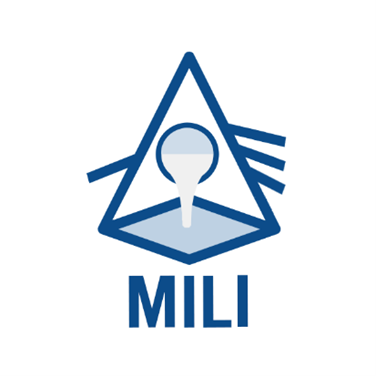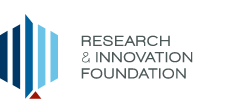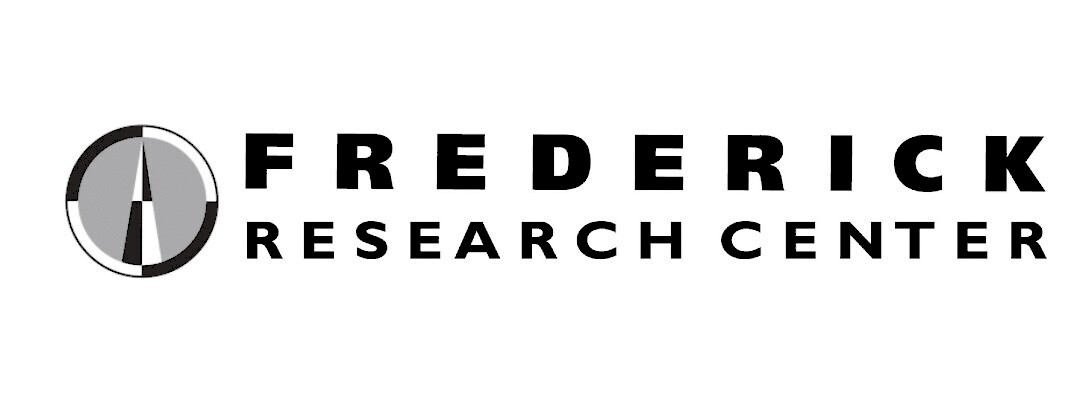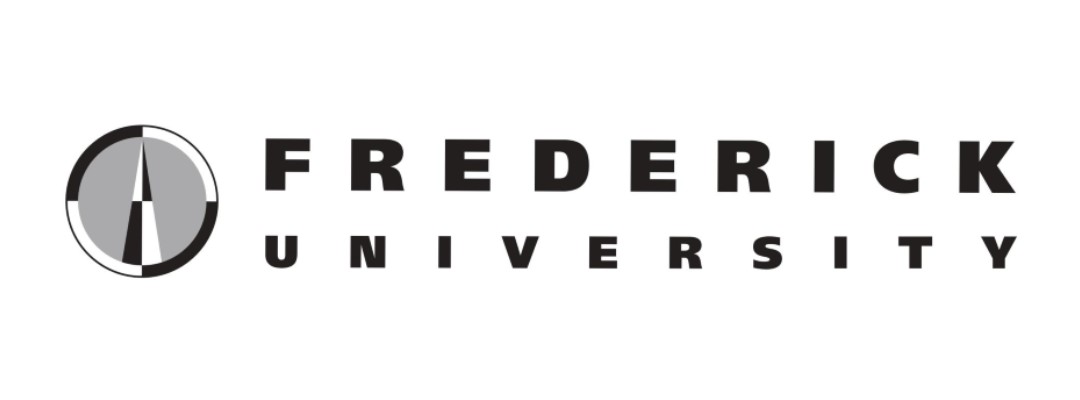About the project
MILI proposal steps in to solve the aforementioned problems, through the key objective of designing and developing a novel method and prototype to simultaneously detect, and in less than 10 minutes, a selected panel of common milk contaminants (Aflatoxin-M1 and 2 antibiotics, namely Penicillin and Enrofloxacin; details are given in B2.1 under Project rationale and opportunity); for analysis at the farm level (before loading contaminated milk on the truck) and the receiving dairy industry level. It is based on optical biosensors and offers the analytical performance of laboratory-based methods, at a cost similar to that of quick screening tests. The system is composed of two basic elements: a) a functionalised smart cuvette, on which the biosensors are bound and b) a mini-fluorimeter setup that allows “reading” the biosensors and providing results to the use. This key project goal is supported by the integration of cutting-edge technology and multidisciplinary knowledge. Eventually, our primary target users are the ones in the beginning of the value chain, namely the farmers and the milk collectors/processors (dairy industries), since this is the point where aflatoxin and antibiotics are introduced in the milk. Our vision is to create a scientifically proven technology, with huge prospects for evolving into a valuable product, that could be progressively expanded, via future technological upscaling, in order to analyse other types of milk contaminants (i.e. yoghurt, cheese, butter etc.) in all levels of the dairy value chain, from farm to fork.
The proposed research actions consist of activities such as scientific understanding, conceptualisation, experimentation, prototype design & engineering, and, of course, laboratory validation of the approach. These activities in combination with dissemination tasks, aim to bridge the gap for the future delivery of a highly innovative technology. From technology readiness point of view, MILI is starting at TRL2, aiming at reaching TRL4 by the end of the project for the entire system and method.
Sustainable Development Goals:
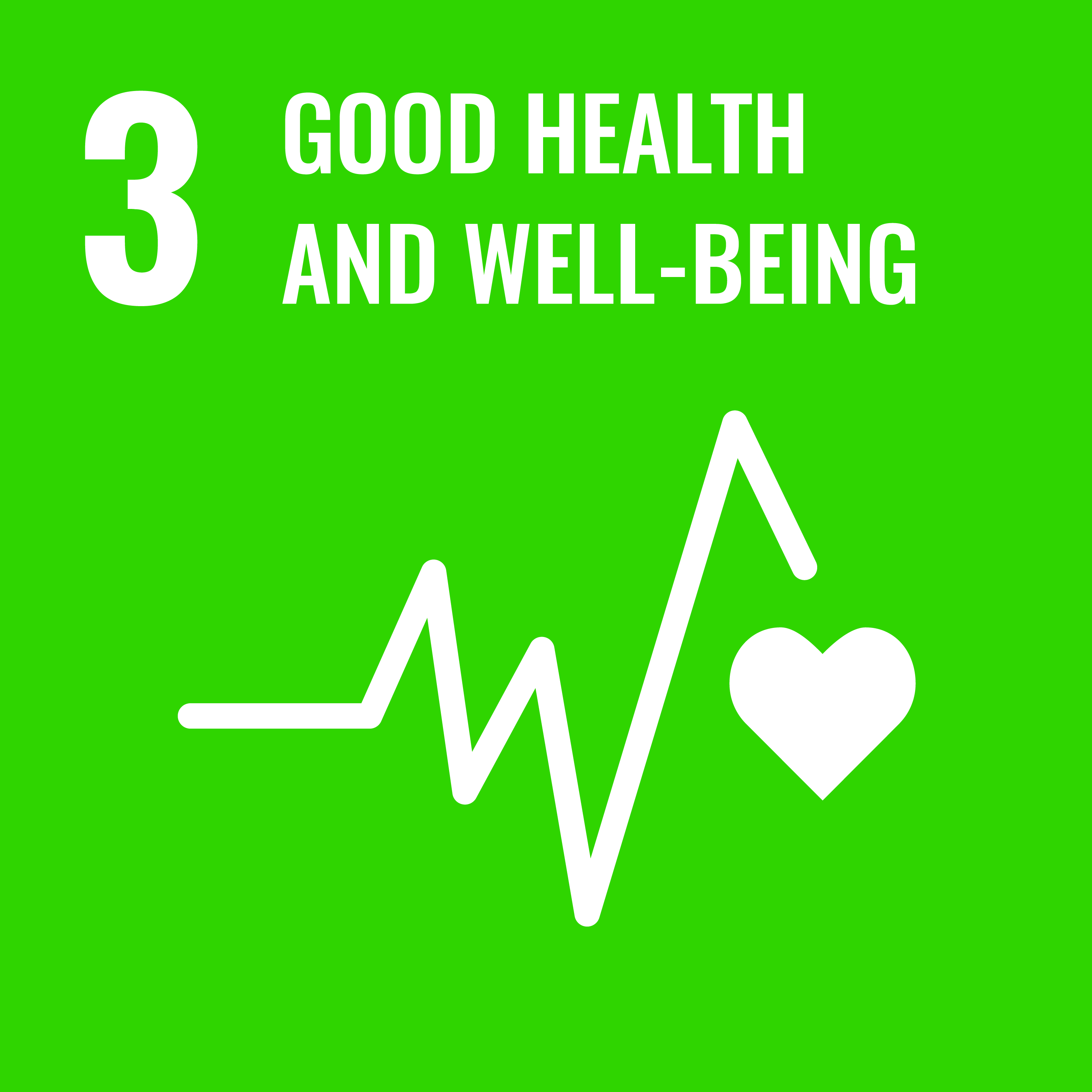
People:
-
Christoforos Kronis - Senior Software Developer - Developer
-
Andreas Konstantinidis - Director - Director
Image Gallery:
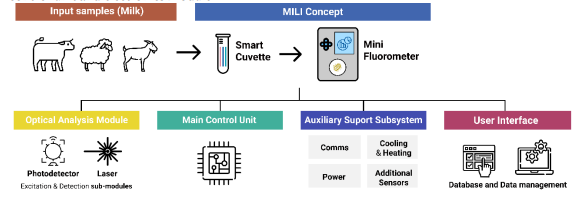
.png)
